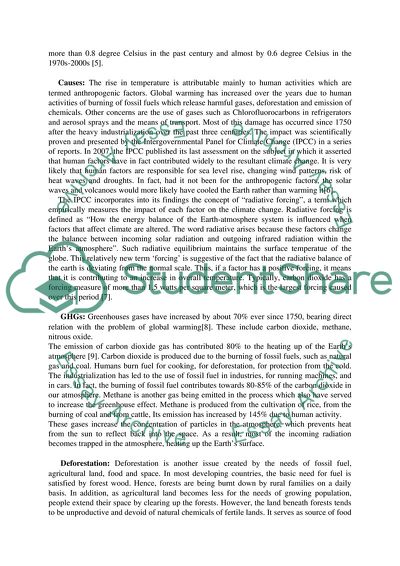Cite this document
(Climate Change: An Outcome of Anthropogenic Factors Essay, n.d.)
Climate Change: An Outcome of Anthropogenic Factors Essay. Retrieved from https://studentshare.org/biology/1749354-essay-on-climate-change-debate-instructions-are-included
Climate Change: An Outcome of Anthropogenic Factors Essay. Retrieved from https://studentshare.org/biology/1749354-essay-on-climate-change-debate-instructions-are-included
(Climate Change: An Outcome of Anthropogenic Factors Essay)
Climate Change: An Outcome of Anthropogenic Factors Essay. https://studentshare.org/biology/1749354-essay-on-climate-change-debate-instructions-are-included.
Climate Change: An Outcome of Anthropogenic Factors Essay. https://studentshare.org/biology/1749354-essay-on-climate-change-debate-instructions-are-included.
“Climate Change: An Outcome of Anthropogenic Factors Essay”, n.d. https://studentshare.org/biology/1749354-essay-on-climate-change-debate-instructions-are-included.


